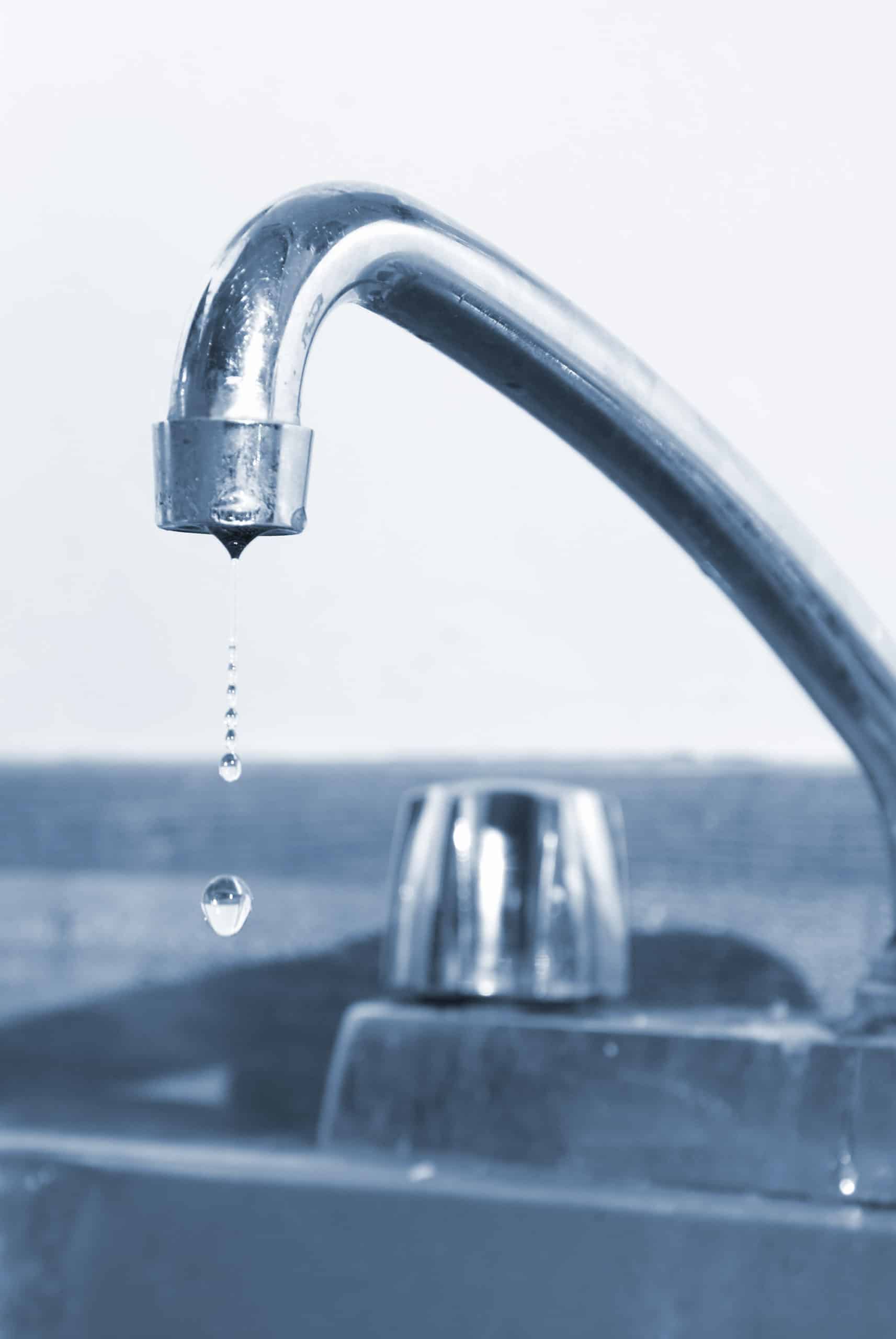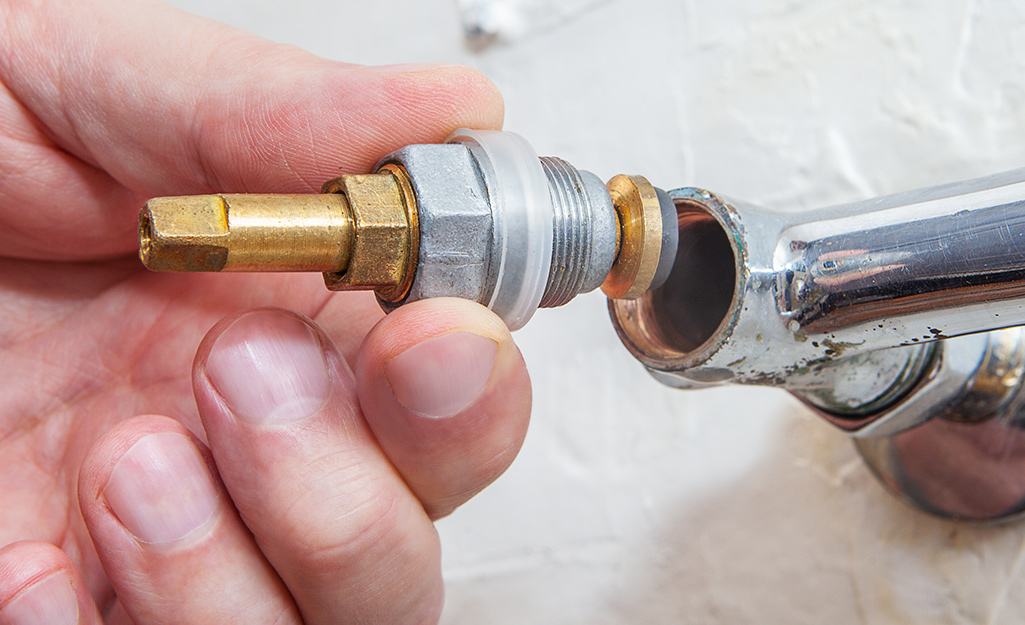My Importance of Resolving a Broken Faucet
My Importance of Resolving a Broken Faucet
Blog Article
Were you in search of content about 4 Common Reasons for a Leaky Faucet?

Trickling faucets could look like a minor trouble, yet their impact exceeds simply the annoyance of the noise. From drainage to sustaining unneeded economic costs and health dangers, ignoring a dripping faucet can cause different repercussions. In this write-up, we'll look into why it's critical to resolve this usual house concern immediately and successfully.
Waste of Water
Environmental Impact
Leaking faucets contribute significantly to water wastefulness. According to the Epa (EPA), a single faucet trickling at one drip per second can waste greater than 3,000 gallons of water per year. This not just strains water sources but likewise impacts ecosystems and wildlife depending on them.
Step-by-Step Guide to Repairing a Dripping Tap
Tools Needed
Prior to trying to repair a dripping faucet, gather the needed devices, consisting of a flexible wrench, screwdrivers, substitute parts (such as washers or cartridges), and plumber's tape.
Typical Tap Issues and Their Solutions
Recognize the sort of tap and the specific issue causing the drip. Typical issues include worn-out washers, corroded shutoff seats, or damaged O-rings. Describe supplier guidelines or on-line tutorials for detailed guidance on repair work.
Financial Costs
Boosted Water Costs
Past the environmental effect, dripping faucets can inflate water expenses substantially. The gathered wastage in time translates into greater energy costs, which might have been avoided with prompt fixings.
Prospective Residential Property Damage
Moreover, prolonged trickling can result in harm to fixtures and surfaces surrounding the tap. Water build-up can create staining, deterioration, and even architectural issues if left unattended, causing extra repair work prices.
Health Worries
Mold and Mildew Growth
The consistent presence of wetness from a leaking tap develops an optimal setting for mold and mildew and mildew growth. These fungis not just endanger indoor air quality but also position health and wellness dangers, especially for people with breathing problems or allergies.
Waterborne Illness
Stagnant water in dripping faucets can end up being a breeding ground for germs and other pathogens, raising the threat of waterborne conditions. Pollutants such as Legionella bacteria thrive in stagnant water, possibly causing major diseases when consumed or breathed in.
DIY vs. Professional Fixing
Benefits and drawbacks of DIY Repair
While some might attempt to take care of a dripping tap themselves, DIY repair services come with their very own set of difficulties. Without correct understanding and devices, DIY attempts can exacerbate the problem or lead to incomplete fixings, prolonging the issue.
Advantages of Working With a Professional Plumber
Employing a specialist plumber makes certain that the underlying reason for the leaking tap is attended to properly. Plumbings possess the know-how and equipment to diagnose and repair faucet issues effectively, conserving time and lessening the risk of more damage.
Ecological Responsibility
Specific Contribution to Conservation
Taking obligation for fixing leaking taps aligns with more comprehensive initiatives toward water conservation and ecological sustainability. Every person's actions collectively make a substantial effect on preserving priceless resources.
Sustainable Living Practices
By focusing on prompt repair work and embracing water-saving behaviors, people contribute to lasting living practices that profit both existing and future generations.
Preventive Measures
Regular Maintenance Tips
To stop leaking taps, perform regular upkeep such as cleaning up aerators, evaluating for leaks, and changing damaged parts immediately. In addition, consider setting up water-saving tools or updating to more effective components.
Relevance of Prompt Repairs
Attending to dripping faucets as soon as they're discovered stops more water wastefulness and possible damages, inevitably conserving both water and cash in the future.
Influence On Residential Or Commercial Property Worth
Assumption of Well-Maintained Building
Keeping a property in good condition, consisting of addressing upkeep concerns like leaking taps, improves its viewed value and worth among potential customers or renters.
Influence on Resale Worth
Characteristics with properly maintained plumbing fixtures, including faucets, command greater resale values in the realty market. Addressing leaking faucets can contribute to a favorable impact during property assessments and arrangements.
Conclusion
Resolving a dripping faucet exceeds mere ease; it's an important action toward saving water, minimizing economic costs, and protecting health and wellness and building. Whether via DIY repairs or professional support, acting to take care of leaking taps is a little yet impactful method to advertise liable stewardship of resources and add to a much healthier, more lasting future.
How to Fix a Leaky Faucet: Step-by-Step Repair Guide
A leaky faucet may seem like a simple annoyance, but if it's not fixed promptly, that leak could cost hundreds to potentially thousands. From water damage to mold, mildew, and high water bills, even a tiny leak can be catastrophic if left unattended. Damage like this can even affect the overall value of your home, so it's important to take the right approach for leaky faucet repair. You may need the help of a plumber in some cases, but we've got a few tips you can try on how to fix a leaky faucet before calling the pros.
Four Faucet Types
When you're learning how to fix a leaky faucet, the first step is knowing what kind of faucet you're working with! There are four common types.
Cartridge Faucets
Cartridge faucets come in one- or two-handled varieties. In one-handled cartridge faucets, hot and cold water combines in a single cartridge. In the two-handled versions, hot and cold water are controlled separately and mixed in the faucet.
Ball Faucets
Ball faucets have a single lever you push up and down to adjust the pressure and rotate to change the temperature. A slotted metal ball controls the amount of water allowed into the spout.
Compression Washer Faucets
They're the oldest type of faucet, but they're still used in many homes — especially older ones. Compression faucets have two separate handles that, when turned, raise or lower the washer that seals a water valve. This valve stops water from flowing through the faucet when it is turned off.
Disc Faucets
Disc faucets rarely need to be repaired due to their maintenance-free design. The water flow is controlled by two discs — the upper one raises and lowers against a fixed lower disc, creating a watertight seal. If your disc faucet starts leaking, you may need to replace the seals or clean residue buildup from the inlets.
Fixing a Leaky Faucet
Step 1: Turn Off the Water
Whether you're learning how to fix a leaky bathtub faucet or how to fix a leaky kitchen faucet, always turn off the water supply to your working area when you're fixing a leak. The last thing you want is a flood added to your list of things to fix.
Look for the shutoff valves below your sink or around the tub and turn them clockwise to stop the water flow. If your faucet doesn't have shutoff valves, you may need to turn off the water for the whole house. Check to make sure it's off by turning the faucet on. If nothing comes out, you're ready to start the repair.
Step 2: Take Apart the Faucet
How you disassemble your faucet depends on the type of fixture you have. You can use a flathead screwdriver to remove the caps on top of the handle or handles for cartridge and compression faucets. Inside, you should see handle screws. Unscrew these with a screwdriver to remove the handle.
Disc- and ball-style faucets will typically have an inlet screw near the handle, and removing that will reveal the interior of the faucet.
Detach the Valve Stem
For cartridge- and compression-style faucets, you'll see the inner valve stem or cartridge once you remove the faucet handles. If you have a compression faucet, unscrew the brass valve stem. If you have a cartridge faucet, pull out the cartridge. If your cartridge has been in place for a while, it may require some tools or extra force to remove it due to mineral deposits.
Examine and Replace Parts
Once you've removed the parts, check them out to confirm what needs to be replaced. You may see corroded rubber washers, O-rings, stems, or cartridges. On a ball-style faucet, check the seats and springs for damage.
If you need to repair a leaky disc faucet, check the inlet and seals on the lower disc.
Once you determine what parts must be replaced, visit your local hardware store. Bring the damaged parts with you to ensure you can purchase the correct components to replace them.
Clean Valves and Faucet Cavity
If you've removed a stem or cartridge, you may notice mineral buildup in the faucet's threads. Use white vinegar to clean the valve seat by soaking it for a few minutes, then scrub it away with a soft toothbrush and rinse with warm water. You can also clean the interior of the faucet in the same way.
Reassemble the Faucet
Once your faucet is cleaned and the required parts have been replaced, it's time to reassemble it. Put the pieces back together and slowly turn the water supply back on. Doing this slowly is crucial because too much initial water pressure can damage the new hardware you've just installed.
https://homewarranty.firstam.com/blog/how-to-fix-leaky-faucet

Hopefully you enjoyed our topic about Leaky Faucets: Why They Happen & What to Do About Them. Thank you for spending some time to read through our blog post. Don't hesitate to set aside a second to promote this write-up if you liked it. I value reading our article about How to Fix a Dripping or Leaky Faucet .
Report this page